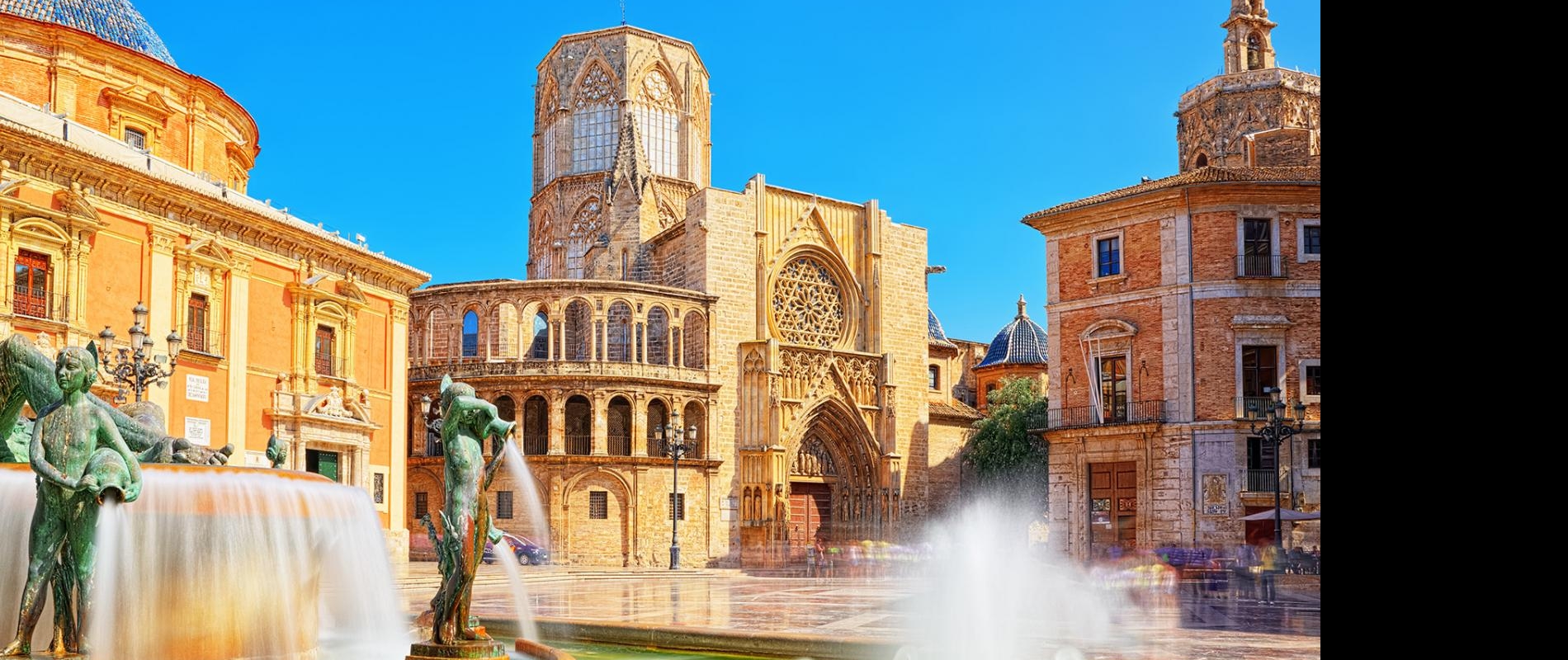
Sascha Rudkjøbing
Costa Valencia
Costa Azahar
Valencia och Castellón är två provinser på Spaniens östra Medelhavskust, en del av den valencianska regionen. Valencia, regionens huvudstad, är en livlig stad som kombinerar historisk charm med modern arkitektur, medan Castellón erbjuder lugnare stränder, naturparker och traditionella städer. Tillsammans visar de områdets kulturella rikedom, kustskönhet och gastronomiska höjdpunkter.
Geografi & Höjdpunkter
Bästa Tider att Besöka
Skillnader mellan Områdena
Aktiviteter & Natur
Kultur & Lokalt Liv
Praktisk Information
Slutsats
Valencia och Castellón kombinerar dynamiskt stadsliv, orörda stränder och kulturella skatter — en medelhavsdestination med något för alla resenärer.
